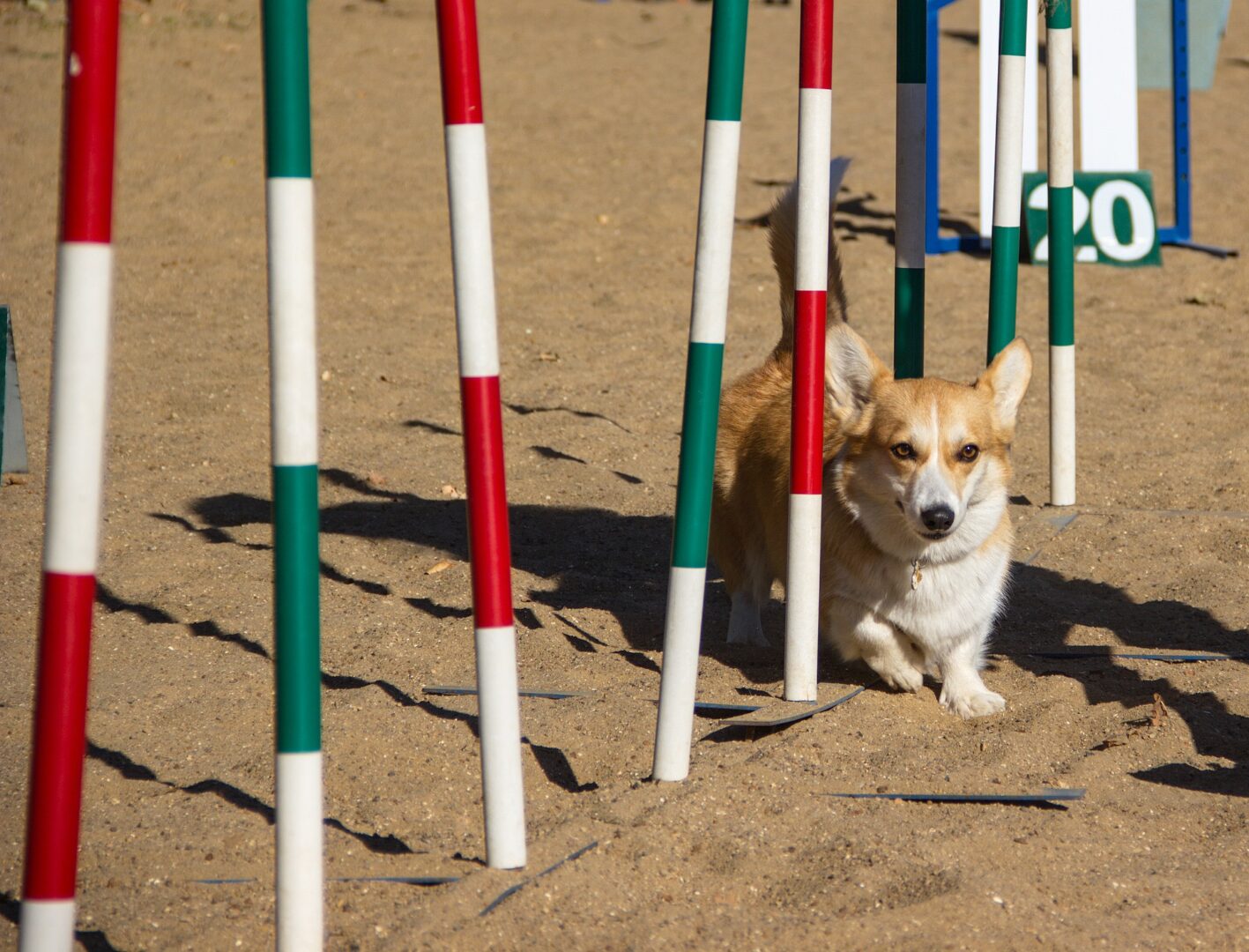Remember a time when you tripped over a curb, rock, dog/cat, or toy? Maybe you stumbled going up or down the stairs. Were you able to successfully navigate the stumble?

The next time you may not be so lucky
Unfortunately, the next time you may not be so lucky. Just ask anyone who has sprained an ankle, broken a wrist or even worse, fractured a hip.
You might think – Dang, that was just a little step or Fluffy is always under foot. Maybe it’s not the step or Fluffy. Maybe it is you.
Our reaction time and the ability to respond worsens as we age
The reaction time of a 60 year old is on average 25% slower than that of a 20 year old.
That means that getting out of the way when Fluffy is under foot is not as easy or quick as it once was. Thus the stumble or fall.
How we walk
We are used to walking in a single forward plane, so when something forces us off that plane it can cause us to lose our balance or fall. Think of those railroad cars that circled around the Christmas tree. We’d speed them up going into the corner and off the tracks they went. That is not to dissimilar to our tracks.
Our steps, when we walk, are generally the same comfortable length and cadence that we have grown accustomed to, We are wired to walk without thinking. When an obstacle arises, your feet may need to move sideways or diagonally, or you may need to take bigger or smaller step than usual, or you may need to take two steps in a row with the same foot (which is unnatural since we are used to alternating feet as we walk).
The normal single plane movement doesn’t prepare us an uneven curb or our loved Fluffy that gets under our feet.
Anything that prevents us from moving in our routine walking pattern can cause a stumble or fall.
Side note: I love to people watch and I often observe people walking and looking down because they are afraid of tripping. What happens then? There may be something ahead that is a bigger trip hazard that they never saw. Boom! Down they go. Not to mention looking at the smart phones while walking. Don’t get me started on that.
How do we avoid tripping and falls
Look ahead, not down
I advise people to look ahead of them and scan the environment. Looking out 6 feet or so will give you the opportunity to see a hazard that is in front or to the side of you, like that uneven curb. Lift your head!
Train like you are an athlete

To become more agile and adaptable to these “occurrences” we need to develop a reactionary strategy! But how?
Learn from the athletes
Have you ever watched football players practice? They do lots of agility work with a speed ladder and cones. These sports drills utilize the hip and ankles, areas that are important to senior fitness and agility. Just like the corgi above, you have to train to be agile.
What does the movement look like
Move fast/slow, skip forward/backward, move laterally.
I do these as part of my running warm up drills. They are good for everyone.
How these drills work
The drills teach the body to react suddenly and switch from a forward plane to a lateral plane quickly. For the football player, it’s in their best interested to be able to sharply turn so they don’t get hit while running the ball. It gets wired in our brain, just like walking in a straight line. We must practice it to get that hard wiring.
It has helped me tremendously and kept me from falling when I am running on uneven surfaces or hit a slippery surface. I don’t want to jinx myself, but the balance and agility work has helped. It has been a long time since I have taken a stumble.
DIY your own football practice at home
Find a few water bottles, or towels that will act as your markers.
- Use 4 water bottles/towels that will act ask your cones (if you knock them over, make sure the lid is on).
2. Put them in a square, large enough where you can get a few steps in between them.
3. Practice hopping side to side and the diagonally inside the bottle box.
4. Reach down and touch the water bottle, run to another and do the same thing.
5. Go faster, go diagonally, AND do then be sure to do them on the ball of your foot – no Frankenstein feet, please. Stay light on your feet.
Not ready for football? Try slowing it down
If the above drill was too much, try this one to get you started. The 4-point foot touch will start you on ankle retraining so you can work up to more dynamic movements.
1. Point your foot in front of you.
2. Point your foot to the back.
3. Point your foot to the side.
4. Cross your foot over in front of you by reaching your leg and toes across to the other side of your body.
6. If you need a bit more stability support, hold on to a chair or wall if you need some additional stability.
Agility work is good for your brain
Agility, stability and coordination exercises train your brain and legs to move in many different ways, so that you are coordinated and agile and can react however you need to in order to avoid a fall.

If you or someone you know needs help with stability and agility hop over or click on my consult page and book a FREE 30 minute consult and do the FREE assessment.
I can help you build your reactionary strategy. You DON’T HAVE TO ACCEPT THAT YOU WILL FALL.
You can also join me on Instagram @sandifeaster to see more quick tips.
